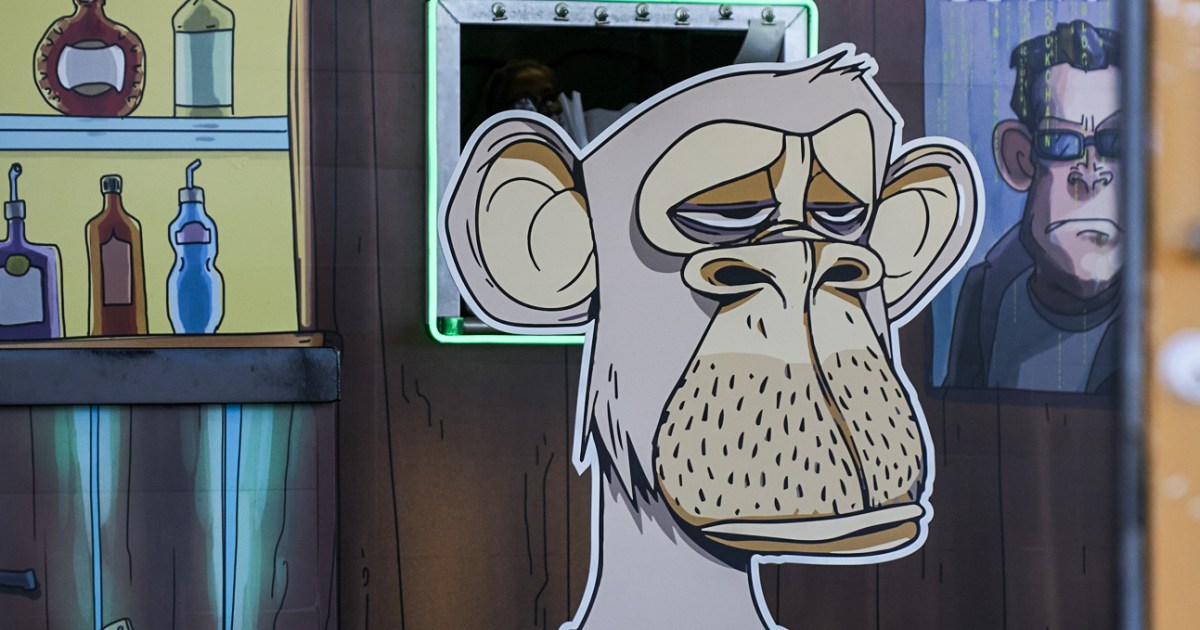Mark Twain’s supposed death in 1897 isn’t the only one that was greatly exaggerated. NFTs, an acronym for nonfungible tokens, are today experiencing premature pronouncements of their demise. One source declares the NFT bubble is bursting, another points out that NFT prices are dropping, and yet a third claims that the mocking of NFTs by billionaire Elon Musk was one of the reasons for a collapse. Of course, these reports come in the midst of a broader decline in the stock market and the cryptocurrency markets as well.
Much of this reporting on the downward trend in NFTs (pronounced “niftys” or “nefts” or simply “eN-eF-Tees”) has focused on the number and price of some NFT sales, entirely missing the broader technology trend signified by NFTs. . NFTs represent an important new way to think about virtual property and digital ownership, and the innovation it represents won’t disappear just because of current fluctuations in market prices.
The value of NFTs is being recognized in the nonvirtual world. The UK’s High Court recently ruled that NFTs are legal property.
Those who underestimate the power of this new technology will end up like those who believed the World Wide Web was dead after the crash of 2000. In reality, the power of the web had really just begun to be realized. Think of all the things that were still years away: Facebook and Twitter and YouTube, Zoom and Fortnite, Netflix’s video streaming service, Musk’s Tesla selling used cars on their website sight unseen!
Why are NFTs another key component of this digital revolution? A nonfungible token represents verified ownership of a distinct piece of digital property, like a digital picture or a piece of virtual real estate in a video game. Like the purchase of any property, to be accepted as valid, ownership needs to be registered somewhere. If you buy a house, that happens in the local registry of deeds. For a car, it’s at your state’s department of motor vehicles.
Similarly, with NFTs, if you buy a digital item that is unique, your ownership gets registered on the internet via a piece of tech magic called a blockchain. Unlike one single physical or digital repository, a blockchain is a new decentralized way to keep track of any kind of information, including ownership of NFTs and cryptocurrencies, without requiring a central server or authority. (Disclaimer: I hold and regularly trade cryptocurrency such as Bitcoin and Ether, and I am an owner of NFTs, as well as an investor in and adviser to multiple companies that create and sell them.)
NFTs started out as collectibles within games (think digital baseball cards), rising to prominence in 2018 with CryptoKitties, which allowed buyers to collect individual “kitties” as part of a new type of video game. When a buyer purchases these pieces of digital property — often a simple JPEG image but increasingly much more complex — they register their ownership on a public blockchain. Purchasing an NFT can also give the owner access to benefits like pre-release or VIP access to movies, music or video games, and in some cases, the copyright of the artwork itself.
Most well-known NFTs today are sold in collections that are variations on a theme, like the apes in the Bored Ape Yacht Club series, which have become so popular they were shown off by host Jimmy Fallon on NBC’s “The Tonight Show” and even have their own set of films coming out soon. Other celebrities to get in on the NFT action include Reese Witherspoon, Katy Perry and even Paris Hilton.
Indeed, mega-sales of one-off NFTs created a gold rush mentality among many artists and celebrities. The highest-priced NFT ever sold to a single owner was by the artist Beeple, which sold for $69.3 million. The highest NFT sale ever, for $91.8 million, showed the ease with which NFTs can provide fractional ownership: The purchase was made collectively by more than 28,000 people who now own a share of this artwork.

